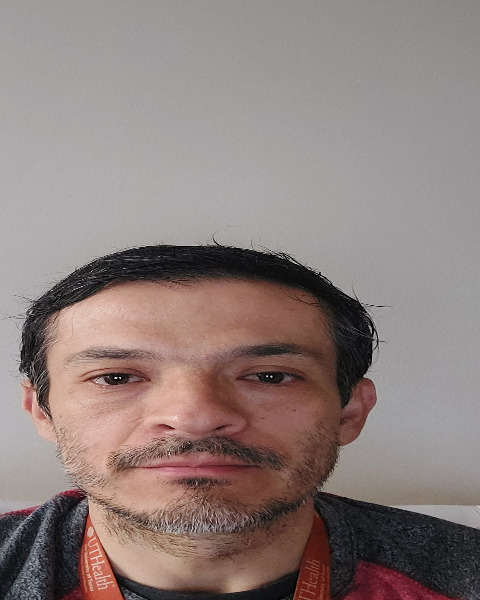Infectious Diseases
Infectious Diseases 5
441 - Time to viral suppression in a Cohort of Children and Adolescents living with perinatally acquired HIV: a dynamic performance indicator for pediatric HIV care
Publication Number: 441.419

german contreras, MD MSc (he/him/his)
Infectious Diseases Fellow
McGovern Medical School at the University of Texas Health Science Center at Houston
houston, Texas, United States
Presenting Author(s)
Background: Outcomes beyond frequency of reaching undetectable HIV viremia are needed to guide therapeutic decisions, provide benchmarks to compare HIV practices and quantitative basis for quality improvement.
Objective: We calculated the incidence rate of viral suppression and determined predictors of viral suppression for a population of Children and Adolescents living with perinatally acquired HIV (PHIV).
Design/Methods:
We included patients attending the UTHealth pediatric HIV clinic who were previously ART naïve and subsequently started on ART. Successful viral suppression was defined as maintenance of HIV RNA < 400 copies/ml for 1 year after initial viral suppression was achieved. The incidence of viral load suppression was calculated as the number of individuals who reached viral suppression divided by the number of patient months. A Cox regression model was used to determine predictors of viral suppression.
Results:
Thirty PHIV ART naïve were started on ART. The study population was mainly black and male. Twenty-two individuals (73.3%) entered clinical care within 12 months of birth. The median age at ART initiation was 5.1 months IQR (2.7-27.3). The study population had a median CD4% of 33 (24-39), plasma HIV RNA log10 copies/ml of 5.5 (4.8-5.9) log10 copies/ml and cumulative HIV RNA 7.1 (6.8-7.7) log10 copy-years/ml at the time of ART initiation.
The overall incidence rate of viral suppression was 7.1 per 100 person months. The highest rates of viral suppression were found among individuals living inside the Houston beltway 16.3, Hispanics 11.8 and among individuals born after 2003, 13.1. The time to reach viral suppression was incremented by 12% for every month of delay to engage and retain an individual in HIV clinical care.
Conclusion(s):
The incidence rate of viral suppression is suggested as a dynamic metric for comparing interventions within and across pediatric HIV practices and monitor health care quality.
